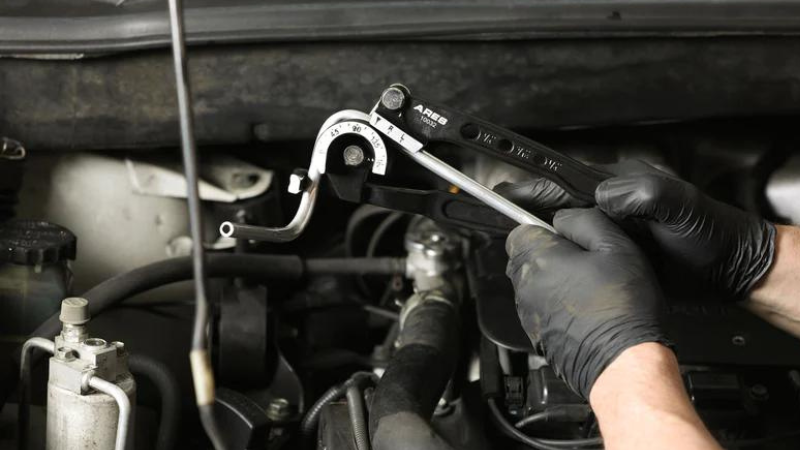
Tube bending technology has advanced so that specialists no longer need to utilize antiquated techniques to bend tubes. Tubes with extremely tiny diameters had to be bent by hand in most factories, which was time-consuming. Hand-bending produced tubes with incorrect dimensions, aesthetic flaws, and improper angles.
Let us get to know everything about tube bending in detail. Keep reading.
Why Do We Need to Bend the Metal Tubing?
Bending metal tubing is indispensable with more than one package throughout industries. Right here are some reasons why there is a need to bend the metal tubing;
Customization: custom tube bending metal may additionally want to be tailored, especially to a design or motive, and bending allows us to acquire the necessary shape and dimensions.
Space Optimization: Bent tubing’s flexibility makes it ideal for programs where direct tubing is not healthy, including tight or confined areas.
Bend Tubing Can Manage Fluid Flow: Bent tubing affords fluid systems with specific management of liquid or fuel flows, directing them precisely in which is required.
Power and assist: Bent tubing offers vital structural assist and energy, making it quintessential in production and automobile manufacturing.
Aesthetics: Bent steel tubing is broadly applied for its aesthetic price in architectural and design applications, growing particular structures with visually charming systems.
Functionality: Tubing has to regularly be bent to create specific additives like handles, handrails, or exhaust systems for uniqueness.
Bending metallic tubing offers the flexibility, adaptability, and capability necessary to satisfy various industrial and design necessities.
Types of Tube Bending Techniques
Tube bending service is essential in numerous industries, from production and creation to automobile and aerospace bending. Exceptional tube bending strategies are used to gain particular shapes and angles; every method has personal benefits and perfect applications. Here, we will discover four primary tube bending techniques:
Compression Bending
Water leakage from the stainless steel sink pipe was identified on a black plastic board and isolated for repair.
Compression bending relies on applying force against a pipe material to achieve deformation, making this one of the easiest forms of pipe bending, commonly utilized in manufacturing electrical conduit pipes with only simple bend formations.
Compression bending- press bending- typically consists of five components: bend die, clamp die, pressure die, wiper die, and mandrel.

The bend dies or tooling component applies pressure on pipe specimens to shape them into their desired form. Other tools, like clamp die and wiper die, are responsible for supporting fabrication in place and preventing defects in the material as the process continues. Although mandrels can be seen on compression bending machines, their usage in the mandrel tube bending process will become apparent later.
Compression tube bending machine provide many advantages for both manufacturers and end-users, both manufacturers in particular as well as end-users alike. First, this technique is fairly easy and doesn’t involve many complex tooling parts; additionally, it allows manufacturers to easily achieve precision contours and bends.
As with any technique, this one has its share of drawbacks. Given its simple nature, it may not be able to produce complex formations due to limited flexibility; additionally, lead times may become too long and become impractical in certain instances.
Rotary Draw Bending
One of the primary challenges associated with tube bending techniques such as Rotary Draw Bending is maintaining a pipe’s diameter throughout its journey through its bends. This is particularly essential if its intended function requires it to withstand constant flow pressure from fluids.
Push/compression bending machines may not be capable of producing complex bends; further, they pose the risk of inducing irreversible deformities on specimens that can be difficult to correct.
In such instances, rotary draw bending machines may be employed. This technique provides greater accuracy with tubing parts since their machine supports clamps that allow pipes to be pulled towards an intended shape with an equal radius as their pipe.
At this point, it becomes possible for a pipe to feature sharp bends while still meeting high levels of accuracy and consistency. Rotary draw bending is often employed when fabricating tubing parts used for machines or structural frameworks such as roll cages, railings, or bicycle handlebars.
Roll Bending
Roll bending machines stand out from other machinery by their roller components that move continuously through the process instead of being restricted only to pipes. Not only can this method be applied to pipework, but it can also be utilized for sectioned sheets made of metal.
Angle rolls are typically employed for roll-bending processes. Because this versatile machine can serve multiple uses, manufacturers often make modifications to adapt it specifically for sheet metal bending purposes.
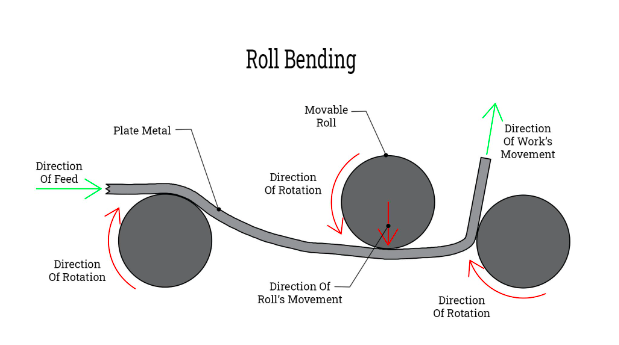
However, there may be limits to what a machine can hold — it may only be capable of processing thin-walled pipes or stainless steel, aluminum, and other easily machinable materials.
Common uses for roll bending machines include bicycles, motorcycles, vehicle rims, and other round metal parts. Unfortunately, not everyone who wishes to move can afford it. So, let me introduce myself as your friendly neighborhood concierge who offers exceptional care at competitive rates!
Mandrel Tube Bending
Mandrel tube bending uses a flexible mandrel rod inserted into the tube as it’s being formed to comfortably conform to its contours as the pipe changes shape. This enables rotary bending machines to consistently bend the material without damaging or warping it over time.
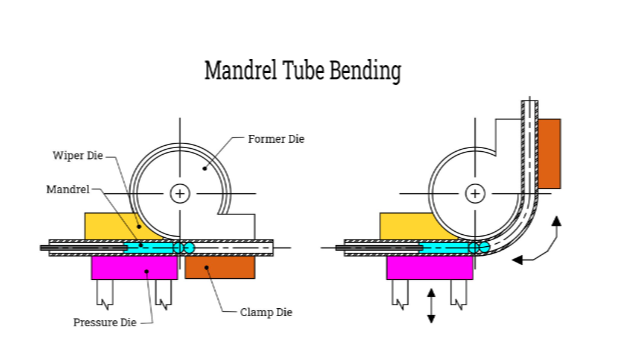
Mandrels serve to support tubes and are commonly utilized with not only rotary draw bending machines but other machine types as well. While they may be more costly than typical benders, their shorter lead time and quality process allow them to be repeated more frequently without compromising the quality of the process.
Tube Bending Process
Tube bending is a versatile and quintessential production manner employed to alter the form and orientation of tubes or pipes, making them suitable for a ramification of applications. The tube bending calculations procedure generally includes several properly-described steps:
Choosing the Tube fabric: the primary vital decision within the tube bending procedure is choosing the ideal material for the tube. The specific software dictates the fabric desire and can range from metal and aluminum to copper and more, each supplying distinct residences.
Measuring and staining: precision tube bending is paramount in tube bending. Measurements are taken to determine the appropriate vicinity where the bend desires to occur. Marking the tube guarantees that the bending is done appropriately and in keeping with the design specs.
Preparing the Tube: The tube ends may additionally need guidance to ensure a smooth and smooth surface. This enables the prevention of harm through the bending process and guarantees that the final product meets fine standards.
Deciding on the Bending approach: Distinct tube bending methods exist, each with its blessings and applications. The particular method, consisting of mandrel bending, rotary draw bending, compression bending, or roll bending, is selected based totally on the project’s requirements, together with the bend’s perspective and radius.
Securing the Tube: The tube is securely clamped right into a bending system or fixture to make sure it stays in the area at some stage in the bending process. Right clamping is vital to keep away from slippage and undesirable deformation.
Bending Angle and Radius Configuration: The operator configures the bending device to reap the desired bend angle and radius. It is vital to align the machine exactly with the marked factor at the tube to make certain accurate results.
Executing the Bend: The bending manner is initiated with the tube in the area and the system configured. The machine applies managed force to the tube, reshaping it to fulfill the predetermined specifications. Careful execution is vital to acquire the preferred bend without being detrimental to the tube’s structural integrity.
Checking for Imperfections: After the tube is bent, a near inspection is carried out to discover any imperfections, including cracks, wrinkles, or deformities. Figuring out and addressing any problems is critical to ensuring the tube’s structural integrity and ordinary fine.
Post Bend Techniques: Additional publish-bending strategies can be required depending on the unique utility. This can involve welding, stop forming, meeting, or other secondary operations that make the tube geared up for its supposed use.
Final Management and Inspection: First-class control is critical to the tube bending process. A very last inspection is executed to ensure that the bent tube aligns with the desired specifications and meets the installed satisfactory standards.
Common Materials Used for Tube Bending
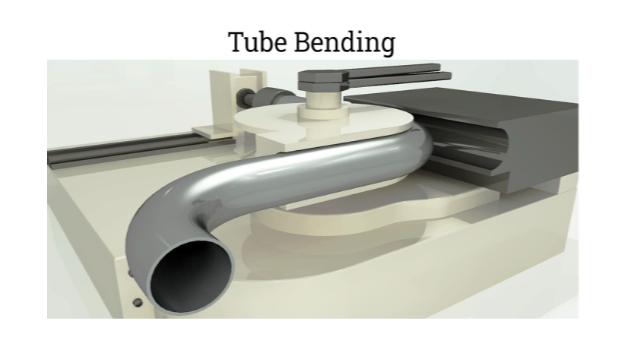
Common materials used for tube bending include metal, aluminum, copper, and stainless steel. Every material has distinct characteristics and is selected primarily based on the unique software. Metal is famous for its power and sturdiness, making it a famous choice in the creation and automobile industries. Aluminum is favored for its lightweight properties and corrosion resistance, making it every day in aerospace and automotive programs. Copper is valued for its extraordinary thermal conductivity.
Applications of Tube Bending
Tube bending is a versatile and important manufacturing system utilized across a wide spectrum of industries, every taking advantage of its precise applications. This method entails reshaping tubing or pipes to precise angles and configurations, ensuring that they conform exactly to the requirements of the mission. Check out tube bending applications in different industries.
Automobile Industry
Within the automobile industry, tube bending is an important component of manufacturing procedures. For instance, exhaust structures heavily rely on tube bending to create the complicated network of pipes accountable for directing exhaust gases far away from the engine, optimizing the car’s overall performance, and ensuring emissions compliance. In addition, tube bending is critical for fabricating chassis and body structures, ensuring the structural integrity and protection of cars.
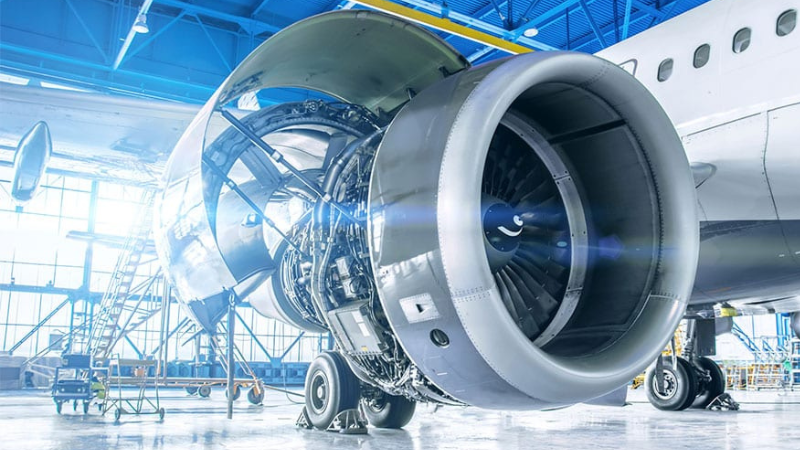
Aerospace Industry
The aerospace enterprise is another sector where tube bending is of paramount significance. Plane manufacturing demands lightweight yet robust components. Aerospace tube bending is used to create frames and structural factors, contributing to the plane’s energy while preserving aerodynamic designs. Additionally, within the hydraulic structures of planes, bent tubes are vital for the proper operation of landing equipment and different crucial mechanisms.
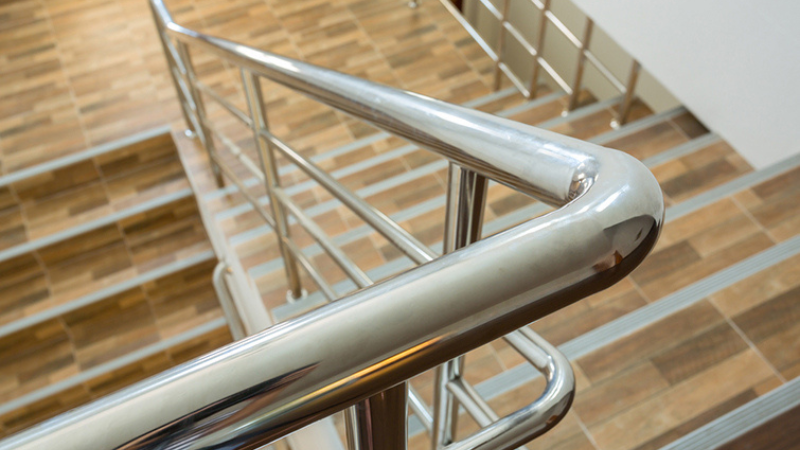
Architectural Industry
Inside the creation and architectural sectors, tube bending greatly enhances each shape and characteristic. Handrails and balustrades in buildings and staircases regularly make use of tube bending to attain each structural help and aesthetic appeal. Architectural capabilities like curved facades, artistic sculptures, and tricky metalwork are also realized through the precision of tube bending.
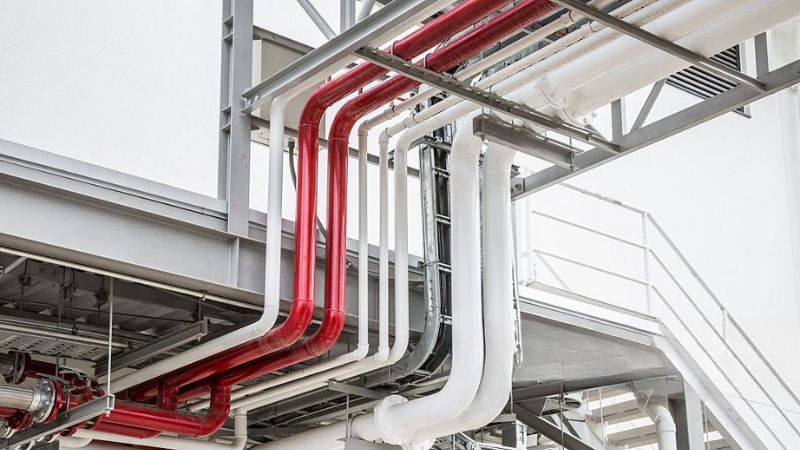
HVAC Industry
The HVAC and plumbing industries rely upon tube bending for its performance and precision. The green delivery of air, water, and gasses in HVAC systems and plumbing is facilitated by bent tubes. Moreover, heat exchangers crucial to HVAC systems are built using tube bending, taking into consideration the efficient transfer of warmth.
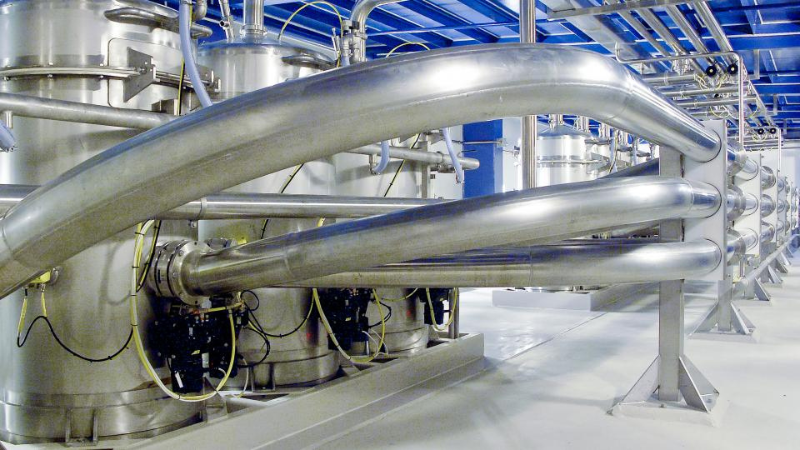
Manufacturing Industry
Conveyor structures applied in material dealing with and production methods depend on bent tubes for his or her creation. Furthermore, industrial equipment components, which include frames and structural elements, are synthetic with the help of tube bending, ensuring the robustness of these systems.

Medical Industry
In the medical industry, tube bending guarantees the secure and unique distribution of scientific gasses within healthcare centers. These systems are critical to patient care and require the highest requirements of precision and fine. Furthermore, within the manufacturing of wheelchairs, bent tubing is used to create frames that should balance power and weight considerations to guide mobility.
Equipment Used for Tube Bending
Tube bending is a highly specialized production process requiring specific machinery and systems for effective tube reshaping. Here is an outline of equipment used in tube bending and why selecting it well for specific programs is so important.
1. Tube Benders
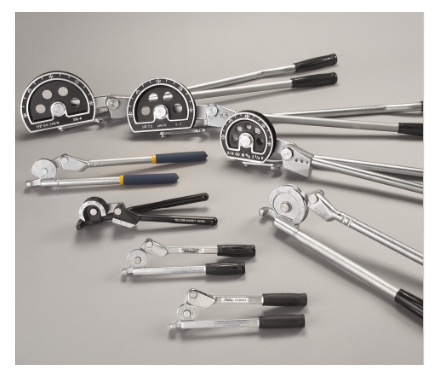
Hand-Operated Tube Benders: These hand-operated machines are ideal for small-extent, low-scale tasks, and easy bends – perfect for workshops or DIY fans.
Semi-Automatic Tube Benders: those machines make use of both manual and hydraulic operation for greater precision and efficiency in tube bending. They are regularly located in mid-sized production settings.
CNC Tube Benders: Computer numerical control cnc tube bending are highly automated devices that can bend tubes to precise specifications. This makes them ideal for use in high-volume production lines and in precision-oriented software.
Deciding on a perfect tube bender is important in meeting task necessities effectively. By deciding on the perfect kind, this option system guarantees precision, repeatability, and speed.
2. Dies and Tooling
Mandrels: These are vital tools to preserve the internal diameter of tubes during bending to avoid wrinkles or collapsing of the internal diameter of the tube within this course of operation.
Wiper Dies: It can be used to remove wrinkles on the surface of bent tubes, making them appear modern..
Bend Dies: Bend dies are available in many sizes and styles to produce diverse bend angles and radii, therefore, finding one for the preferred results in the manufacture of the required bend in a tube..
Tooling and dies are important in order to achieve preferred bend angles and shapes without deforming or imperfection in the tubing. Deciding on suitable tooling and dies calls for the attention of both undertaking details in addition to the kind of tube bender used.
3. Hydraulic Structures
Hydraulic power units: Hydraulic tube benders depend upon hydraulic power units to generate the force important to bend tubing accurately and always. The ability and control of this hydraulic device are consequently vital with the intention to produce steady bends.
4. Clamps and supports
Clamping systems: Clamps and helps are used to keep the tube in the vicinity in the course of bending operations, preventing slippage or undesirable deformation from taking the area. Numerous designs of clamps are available, such as adjustable clamps or vice grips, for this purpose.
5. Measuring and staining tools
Calipers and Protractors: specific measurements and markings are essential for developing correct bends. Calipers and protractors permit us to as it should measure and mark tubing at its genuine points in which bending will take its vicinity, giving us extra unique bends.
Significance of Choosing Appropriate Equipment
Selecting the right equipment for tube bending is of maximum significance for numerous reasons:
Precision: Each undertaking needs special ranges of precision, and choosing the appropriate equipment and system can ensure that desired tolerances and specs are met without pricey errors or transformations.
Performance: performance tube bending, selecting the best tool can speed up the bending process, decreasing production times and costs while minimizing fabric waste, all of which are crucial when working with expensive or rare materials.
Effectiveness: Suitable gadget selection leads to advanced effects. Selecting a bender, dies, and tooling that saves you deformations, wrinkles, or floor imperfections ensures superior final products.
Protection: Investing in the proper gear improves not only the quality of your bends but also the security of your workplace. Injuries and accidents may be avoided during bending approaches if the proper tube bending tools and equipment are used.
Cost-Effectiveness: The device’s cost-effectiveness may be improved by tailoring it to the specific needs of the project. Having a buying strategy that is unique for each job helps keep costs down and earnings high.
Tube bending is an adaptable production procedure utilizing various machinery and systems for accurate and sustainable results. Selecting an efficient tube-bending solution is key in order to meet precision, efficiency, and pleasant results that remain secure and cost-effective throughout its creation.
How to Control the Tube Bending Parts Quality
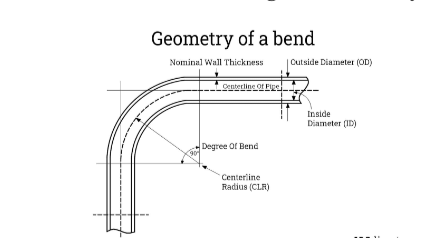
Quality tube bending components are essential in many fields because of the crucial roles they play in a variety of software. Detailed here is the procedure used to ensure consistent high-quality tube-bending components.
1. Material Choice and Inspection
It is crucial to check the quality and specifications of any tubing or pipes you want to use. Cracks or irregularities in the fabric, for example, might trigger an alarm during fabric inspection testing. The structural integrity and quality of finished goods depend critically on careful material selection and thorough examination.
2. Precision Bending equipment
Properly maintained bending equipment is key to maintaining precision and accuracy throughout the bending process, including tube benders powered by computer Numeric Controlled Management (CNC). CNC tube benders offer enhanced management and automation features to minimize errors while increasing repeatability and productivity. Quality equipment ensures the bending system is regular and the final components meet the desired specs.
3. Tooling and Dies
The selection and protection of tooling and dies play a widespread role in excellent manipulation. Right tooling ensures that bends are made with precision, without deformations or surface imperfections. Normal renovation of dies and tooling is vital to avoid put and tear that may cause versions to bend exceptionally.
4. Mandrel and Wiper Dies
The usage of mandrel and wiper dies is not unusual in tube bending. Mandrels preserve the internal diameter of the tube, stopping deformations or wrinkles. Wiper dies reduce surface imperfections and improve the aesthetics of the completed element. Employing the right type of mandrel and wiper die and ensuring the right maintenance is important for generating bends.
5 Inspection and checking out
First-class management includes a series of inspections and tests at various ranges of the tube bending system. Visual inspections for the duration of and after bending ensure that the elements meet the desired shape and dimensions. Measuring gear, including calipers and protractors, are used to verify the accuracy of the bend angles and radii.
6. Non-adverse testing (NDT)
Non-negative trying-out techniques, such as ultrasonic trying-out and radiographic inspection, are employed, while critical programs call for the highest level of pleasant guarantee. These strategies permit the detection of inner defects or inconsistencies without compromising the integrity of the element.
7. Welding and assembly Inspections
In instances in which welded or assembled additives are a part of the final product, additional inspections are carried out to ensure the fine of these approaches. Welding inspections test for proper fusion, while meeting inspections ensure that all components match together efficiently.
8. Tolerances and specs
All exceptional manipulation measures are applied with strict adherence to venture tolerances and specifications. Those criteria are hooked up at the outset of the project and function as the benchmarks for all inspections and checks. Deviations from those specs trigger corrective actions to make certain that the final product meets the desired best requirements.
Controlling the best tube bending components is comprehensive and starts with the above process.
Conclusion
The world of tube bending has changed over the years. Thus, there is much to know about them, their types, and their process. This article has explained every aspect of tube bending with all the common materials and the applications and equipment used for it. I hope this article has helped you to get the required information.



